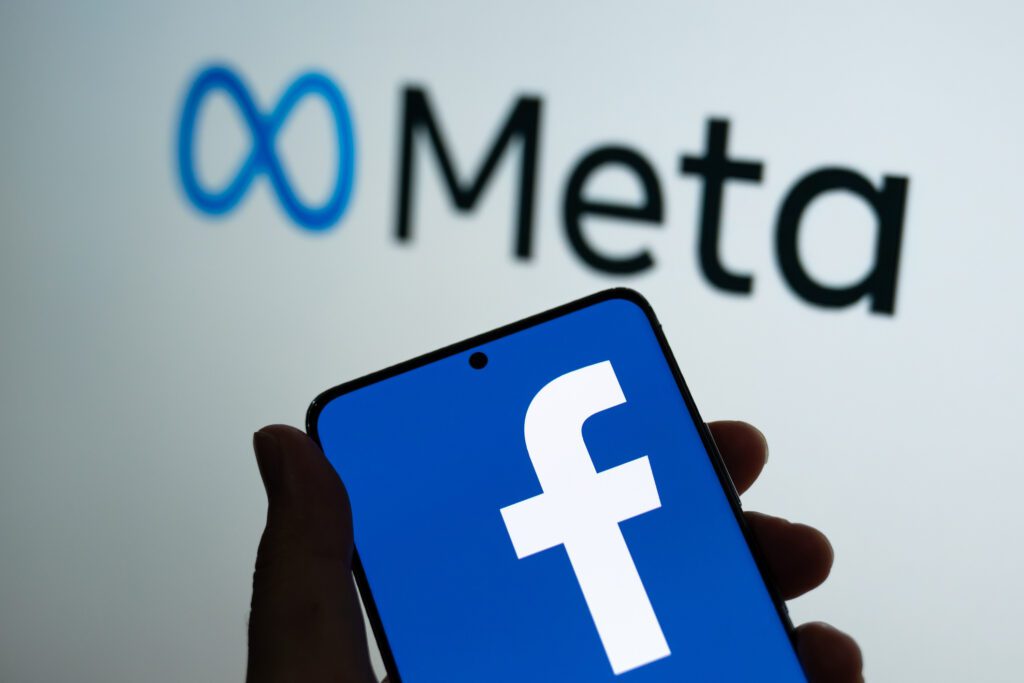Digital Consultants Should Brace for Major Changes to Ad Targeting

Image Credit: Fritz Jorgensen
Political strategists need to brace themselves for continued changes to online ad targeting on some platforms, even by the end of the 2022 cycle thanks in part to continued public pressure on executives.
That’s according to Katie Harbath, a former public policy director at Facebook.
“They’re responding to political pressure and trying to self-regulate,” Harbath, now CEO of Anchor Change, said during a talk at C&E’s CampaignTech East Conference on Wednesday. “There is pressure for the companies to get rid of targeting.”
Meta has already moved to give its users more control over the ads they see on its platforms. For instance, starting April 11, the company said it “will begin rolling out changes to consolidate the Ad Topics and Interest Categories controls into a single Ad Topics control, which will cover a more extensive set of ad topics. … This will simplify and expand the controls people have by allowing them to use a single control to set preferences across ad topics that reflect the interest targeting categories advertisers may use to reach them and the content they might see in an ad.”
That move is on top of its decision to remove “Detailed Targeting” options that relate to health, race or ethnicity, political affiliation, religion, or sexual orientation, which started Jan. 19. That move was criticized by some practitioners for making it harder for down-ballot campaigns and some groups to reach minority voters and supporters.
Alphabet, meanwhile, in 2019 said that political advertisers can only target ads based on users’ demographics like age and gender, and their location. Still, that could change based on the political environment — whether in 2022 or ahead of the next presidential cycle.
“I do think targeted advertising is going to look very different [by 2024],” said Harbath, who encouraged practitioners to watch regulatory developments in Europe for additional clues. “They’re going to continue to reduce the targeting options.”
To help mitigate the challenge that could come with potential targeting changes, Harbath encouraged practitioners to engage meaningfully and as often as possible with the platform companies that are still accepting political advertising. She noted that in 2019, she was able to take consultants’ hardship stories (how an under-funded candidate might have lost, for instance) to Facebook executives, who subsequently made the decision to keep accepting political ad dollars.
Meanwhile, Tatenda Musapatike, a former client solutions manager at Facebook, said whatever changes are made in the future, they’re meant to alleviate public pressure on these companies, not necessarily improve users’ experiences.
“It is mostly a public image thing,” said Musapatike, now CEO at Voter Formation Project.
She also warned practitioners to brace for targeting changes this cycle: “Just keep in mind that things will change. Be prepared for the worst-case scenario always,” she said.
But how digital ad buying evolves in the future could actual look more like methods from the past, according to Adam Meldrum, president of GOP digital shop AdVictory.
“I think digital and targeting will evolve into more premium ways of buying media — like you buy broadcast TV, like you buy cable.”
He pointed to a website takeover as one example of a premium spend: “In order to do that, you don’t buy in the offline-data way that we used to with Facebook.”
